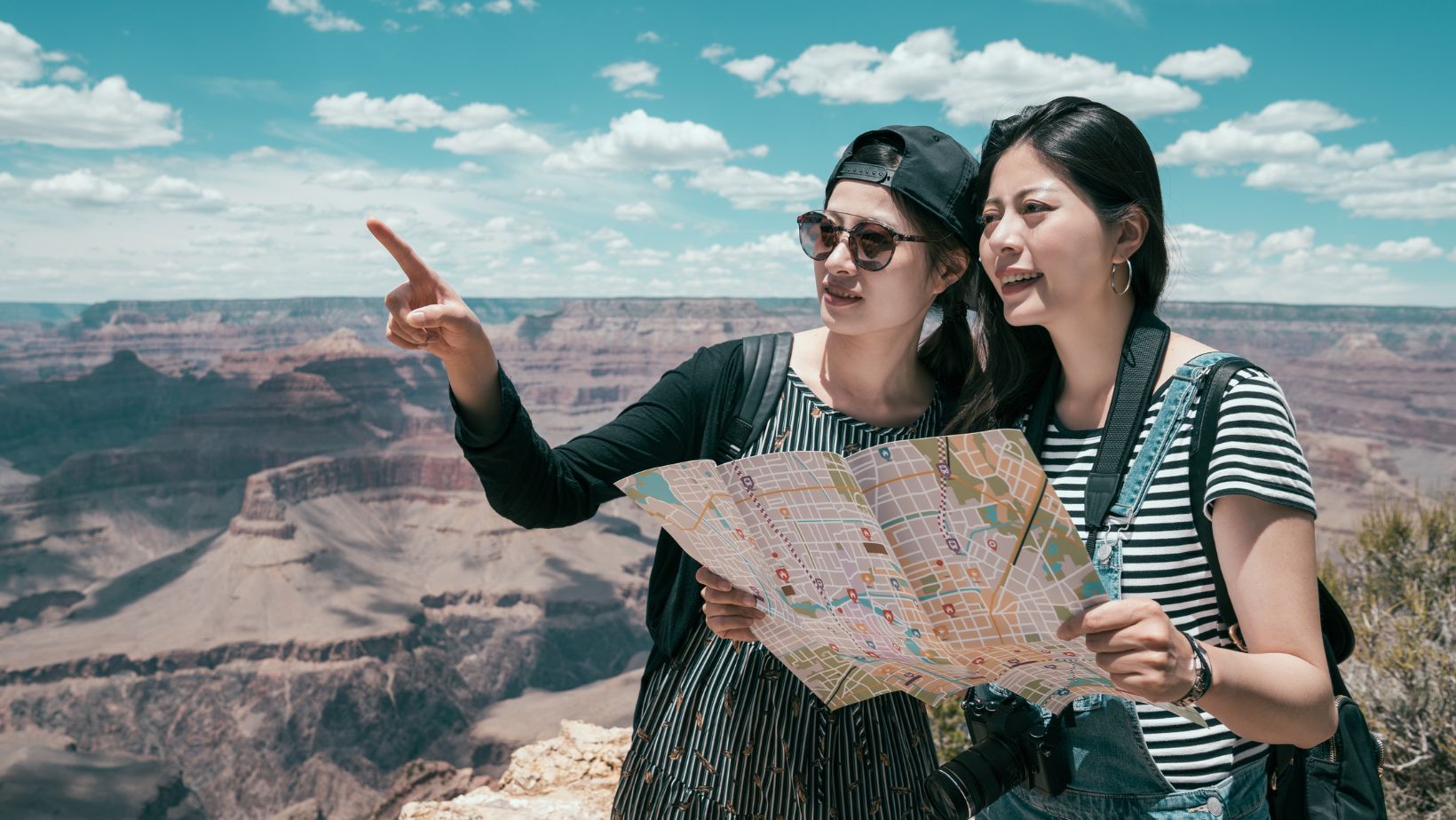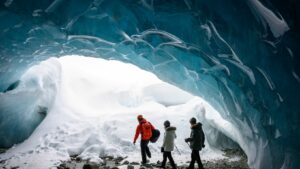Key Takeaways
- Modern home design trends emphasize a blend of aesthetics, functionality, and sustainability, promoting spaces that reflect homeowners’ lifestyles.
- Open floor plans encourage social interaction and maximize natural light, fostering connectedness within the home.
- Eco-friendly materials, such as reclaimed wood and bamboo, are essential in modern designs, aligning style with environmental responsibility.
- Smart technology integration enhances comfort and convenience, allowing homeowners to remotely control various systems and improve energy efficiency.
- Minimalism and biophilic design lead current trends, prioritizing clean lines, simplicity, and a connection to nature for overall well-being.
- Personalization of spaces enables homeowners to express their unique styles, making custom finishes and decor crucial in contemporary home design.
Modern home design trends reflect a dynamic blend of aesthetics, functionality, and sustainability. As homeowners seek spaces that resonate with their lifestyles, innovative designs are emerging that prioritize comfort and efficiency. From open floor plans to eco-friendly materials, these trends showcase a commitment to both style and environmental consciousness.
The rise of smart technology in homes also plays a crucial role in shaping modern design. Homeowners now expect seamless integration of tech solutions that enhance daily living. As trends evolve, the focus remains on creating spaces that are not only visually appealing but also promote well-being and convenience. Exploring these contemporary trends offers valuable insights for anyone looking to refresh their living environment.
Modern Home Design Trends
Modern home design trends focus on three key aspects: aesthetics, functionality, and sustainability. These elements blend seamlessly to create spaces that are not only visually appealing but also practical and environmentally friendly.
Open Floor Plans
Open floor plans promote a sense of spaciousness and facilitate social interaction. They combine living areas, kitchens, and dining spaces, making homes feel more connected. Homeowners embrace this trend to foster family engagement and enhance natural light.
Eco-Friendly Materials
Eco-friendly materials play a pivotal role in modern design. Sustainable options like reclaimed wood, bamboo, and recycled metals reduce environmental impact. Homeowners prioritize materials that are both durable and stylish, reflecting a commitment to responsible living.
Smart Technology Integration
Smart technology has transformed modern homes, enabling homeowners to control various systems remotely. Devices like smart thermostats, lighting controls, and security systems enhance comfort, security, and energy efficiency. This trend caters to tech-savvy individuals seeking convenience and innovation.
Minimalism
Minimalism remains a defining trend in modern home design. Clean lines, uncluttered spaces, and a neutral color palette create serene environments. Homeowners value simplicity and functionality, opting for high-quality furnishings over excessive decor.
Biophilic Design
Biophilic design incorporates natural elements into interiors. Features like large windows, indoor plants, and natural materials promote well-being. Homeowners appreciate the connection between indoor spaces and nature, enhancing the overall ambiance.
Multi-Functional Spaces
Multi-functional spaces address the need for versatility in modern living. Home offices, guest rooms, and play areas can adapt to various needs. This trend reflects the shift towards smaller homes where efficient use of space remains essential.
Personalization
Personalization in home design allows homeowners to express their unique styles. Custom finishes, artwork, and furniture selections make spaces truly individual. This trend highlights the importance of creating environments that resonate with personal tastes and preferences.
Popular Styles in Modern Home Design

Contemporary home design embraces various styles, each with distinct characteristics. Key styles include minimalism, industrial, and Scandinavian, offering unique aesthetics and functionalities.
Minimalism
Minimalism emphasizes simplicity, clean lines, and open spaces. This style features neutral color palettes, ensuring a calming atmosphere. Furnishings are often functional with sleek designs, promoting an uncluttered environment. Accessories and decor are kept to a minimum, focusing on quality over quantity. The goal is to create a serene space that fosters mindfulness and tranquility.
Industrial
Industrial design draws inspiration from urban settings, incorporating raw materials and unfinished elements. Features include exposed brick walls, metal fixtures, and concrete floors. Large windows allow ample natural light, enhancing the open and airy feel. Furnishings often mix vintage and modern designs, showcasing a blend of textures and colors. This style reflects a sense of rugged sophistication, appealing to those who appreciate urban aesthetics.
Scandinavian
Scandinavian design prioritizes functionality, comfort, and simplicity. It utilizes natural materials, such as wood and wool, promoting warmth and coziness. The color palette often includes whites, grays, and muted tones, creating bright and inviting spaces. Furniture designs focus on clean lines and practicality, ensuring an efficient use of space. This style encourages a connection to nature, aligning with the principles of biophilic design.
Color Palettes and Materials

Color palettes and materials define modern home design, emphasizing aesthetic appeal and sustainability. Trends lean towards neutral tones and natural materials, reinforcing a harmonious environment.
Neutral Tones
Neutral tones, such as beige, gray, and white, dominate modern color palettes. These shades create a calming backdrop, allowing homeowners to highlight personal decor. Warm neutrals, like taupe and cream, foster coziness, while cool grays and whites enhance spaciousness. This flexibility supports various styles, making neutral tones appealing and versatile for different tastes.
Natural Materials
Natural materials play a crucial role in contemporary home design, reflecting an eco-conscious mindset. Wood, stone, and bamboo evoke warmth and texture, bringing the outdoors inside. Reclaimed wood offers a rustic charm, while stone surfaces provide permanence and elegance. Such materials contribute to sustainable living, promoting environmental responsibility. They also enhance the overall aesthetic, creating inviting and organic spaces that blend seamlessly with nature.
Innovative Technologies in Home Design

Innovative technologies play a vital role in modern home design, enhancing both functionality and sustainability. They enable homeowners to create spaces that are not only aesthetically pleasing but also efficient and comfortable.
Smart Home Features
Smart home features like automated lighting, thermostats, and security systems offer convenience and enhance energy efficiency. Systems such as Google Nest and Amazon Alexa allow homeowners to control devices remotely, providing seamless integration and personalization. Smart security cameras and motion sensors improve safety without compromising aesthetics. Energy-efficient smart appliances, from refrigerators to washing machines, reduce energy consumption and utility costs. Moreover, smart irrigation systems automatically water gardens based on weather conditions, promoting sustainable landscaping practices.
Sustainable Practices
Sustainable practices focus on minimizing environmental impact while maximizing resource efficiency. Technologies such as solar panels convert sunlight into electricity, reducing dependence on traditional energy sources. Energy-efficient windows and insulation enhance thermal performance, maintaining comfortable indoor temperatures year-round. Rainwater harvesting systems collect and reuse rainwater for irrigation, further conserving resources. Additionally, green roof technologies incorporate vegetation that improves air quality and reduces heat, creating a healthier living environment. Choosing eco-friendly materials in construction and furnishings, like recycled steel or low-VOC paints, reinforces a commitment to sustainability in home design.
Influences on Modern Home Design Trends
Modern home design trends are shaped by various influences, including cultural movements and environmental factors. Understanding these influences reveals the underlying principles driving current design choices.
Cultural Impact
Cultural influences play a significant role in shaping modern home design trends. Globalization exposes homeowners to diverse aesthetic preferences and architectural styles. For example, Japanese Zen aesthetics inspire minimalist designs, emphasizing simplicity and tranquility. Similarly, the warm, inviting elements of Mediterranean design reflect a focus on outdoor living spaces, blending interiors with nature. Furthermore, the rise of remote work culture prompts the demand for functional home offices. As a result, modern designs incorporate flexible spaces that cater to evolving lifestyles and preferences.
Environmental Considerations
Environmental considerations increasingly influence modern home design trends. Homeowners prioritize sustainability, leading to a preference for eco-friendly materials and energy-efficient features. For instance, the use of reclaimed wood and bamboo showcases commitment to responsible sourcing while adding warmth and character to spaces. Energy-efficient appliances contribute to reduced utility costs and a lower carbon footprint. Additionally, features like green roofs and passive solar design enhance energy conservation. As awareness of climate change grows, innovative technologies such as smart thermostats and solar panels gain traction, promoting sustainable living practices in contemporary homes.
Harmonious Blend Of Style And Sustainability.
Modern home design trends reflect a harmonious blend of style and sustainability. Homeowners are increasingly embracing open floor plans and multi-functional spaces that cater to their evolving needs. The focus on eco-friendly materials and smart technology enhances both comfort and environmental responsibility.
With diverse styles like minimalism and Scandinavian design gaining traction, individuals can find inspiration that resonates with their personal tastes. The integration of natural elements and innovative features creates inviting spaces that not only look good but also promote well-being. As these trends continue to evolve, they offer exciting opportunities for those looking to enhance their living environments.


 Communication: Guides must articulate instructions clearly while engaging and motivating travelers. Effective communication fosters a positive group environment.
Communication: Guides must articulate instructions clearly while engaging and motivating travelers. Effective communication fosters a positive group environment. Educational requirements for adventure travel guides vary significantly across job types and regions. Formal education is often beneficial, with degrees in fields such as recreation management, tourism, or outdoor education providing foundational knowledge.
Educational requirements for adventure travel guides vary significantly across job types and regions. Formal education is often beneficial, with degrees in fields such as recreation management, tourism, or outdoor education providing foundational knowledge.